By CEO National Master Evan Rabin

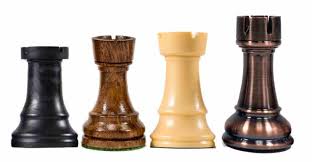
When young novice students play chess, they will often count the number of pieces on the board to determine who is winning; they forget that pieces have different values. The rook is worth 5 points.
However, if an employee does not actively contribute to the company, he will not be worth his salary. To live up to the value of 5 points, a rook needs to be activated. Most pieces like to be developed to the center, as they have more mobility there. For instance, a knight in the corner has two squares it can go to, compared to eight in the center. Contrarily, you can place a rook anywhere on the board and it will control 14 squares:
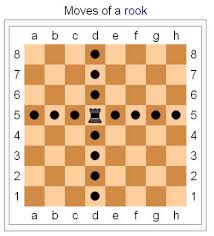
If that is the case, how should we develop our rooks to optimize their performance? Here is the pecking order of rooks from worst to best:
–Bad: Close File
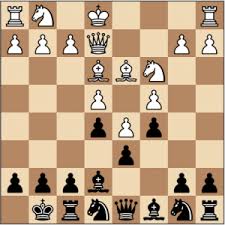
Rooks least enjoy sitting on closed files, where both sides have pawns. For instance, in this position black’s rook on f8 does not have any possible options. At the right time, black will likely play an f5 break so that the file can open up.
OK: Semi- Open File
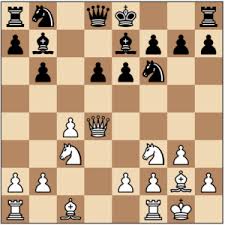
The next best thing for a rook is a semi-open file, where only one’s opponent has a pawn. In this position, white will likely develop his rook to d1, where only black has a pawn on d6. One should note, he is also forming a battery with his queen as the two pieces are operating on the same file.
Good: Open File
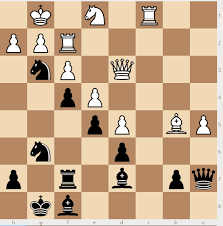
The best type of individual rook is one an open file, which has no pawns on it. The white rook on c1 has free range of the whole c-file.
Great: Two Rooks Doubled up on a Open File
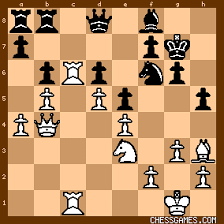
They are one person
They are two alone
They are three together
They are for-or each other
–Helplessly Hoping, Crosby, Stills and Nash
If the rook has a friend on his open file, it is doing even better! In this position, I would certainly take white any day of the week, with his dominating rooks on the c-file, compared to black’s rooks on the closed a nd b files. What makes matters worse for black, white has annoying bishop on h3, which prevents black from playing Rc8 in attempt to trade rooks.
Excellent: Rook on the 7th Rank

Even better than two rooks working together, is one rook operating on that color’s 7th rank, where most of his opponent’s pawn live, as exhibited by the white rook on e7.
The Best: Pigs on the 7th Rank
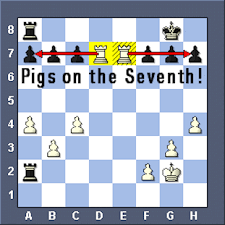
“The whole is greater than the sum of the parts.”
White’s two rooks on the 7th rank are most certainly worth a lot more than the 10 points, you’d value them, solely based on the point system. “These hungry pigs will eat everything they can get their snouts on.” (Grandmaster Yasser Seirawan, Winning Chess Strategies)
As Bruce Pandolfini often says, “Be excellent!” My coach Grandmaster Leonid Yudasin often suggests “If you don’t know what do in a given position, improve your piece.” At the very least, a rook should try to develop to an open file; however, it most certainly should not stop there. Just a person needs to continuously grow, rooks and every other piece should always work to improve their positions.


Thank you Evan for this insightful article.
I definitely agree that the value of a chess piece is not a static number, but rather a dynamic evaluation of its potential to influence the game. A well-placed knight can be worth well over 3 points, whereas a dead bishop can sometimes be worse than a pawn.
Rooks on the seventh rank are indeed deadly, I always look for a chance to advance my rooks to my opponent’s territory, especially if they’re doubled up. Unfortunately, I’ve been on the wrong side of this many times, so I learned the power of an infiltrating rook the hard way.
With our user-friendly interface and intuitive navigation, our online casino is designed to provide a seamless gaming experience for players of all skill levels.
Play with confidence in our safe and secure environment!
Pingback: seo affiliate domination
Pingback: ร้านต่อผม
Pingback: altogel link
Pingback: เช่าจอLED
Pingback: บาคาร่าเกาหลี
Pingback: nshtou
Pingback: สล็อตเว็บใหญ่ ฝากถอนออโต้วอเลท ไม่โยกเงิน
Pingback: ชุดยูนิฟอร์ม
Pingback: H-Sod
Pingback: รับจดทะเบียนบริษัท
Pingback: ผลบอล888 เว็บดูผลการแข่งขัน
Pingback: แทงหวยบาทละ 1000 บนเว็บ LSM99
Pingback: ดาวน์ไลท์
Pingback: ทัวร์ยุโรป
Pingback: ผู้ผลิต โบลเวอร์
Pingback: ไฮโลไทย Kingmaker ภาพสวยสมจริง พร้อมวิธีเล่นอย่างละเอียด
Pingback: แนะนำ ค่าย สล็อตแตกง่าย
Pingback: here are the findings
Pingback: gubet
Pingback: คาสิโนauto
Pingback: supa gro
Pingback: www.podofoot.be
Pingback: Fat banker online casino
Pingback: สั่งของจากจีน
Pingback: ufabet789
Pingback: las vegas seo expert
Pingback: จัดงานศพครบวงจร
Pingback: Aviator
Pingback: ฆท
Pingback: EndoliftX
Pingback: ฉาบซีเมนต์
Pingback: elephant sanctuary chiang mai
Pingback: รับจด อย
Pingback: Apple gift card
Pingback: โบลเวอร์ kruger
Pingback: Casinò Winnita con bonus
Pingback: ล้างแอร์
Pingback: Team building กิจกรรม
Pingback: สินค้าจีน
This service consistently delivers exceptional results with professionalism and attention to detail that exceeds expectations every time.구글찌라시 Choosing this provider means investing in excellence, reliability, and a partnership built on trust and skill.
I highly recommend their solutions for anyone who values precision, efficiency, and outstanding customer care.강남쩜오 A trusted partner known for professionalism, expertise, and exceptional attention to detail.
Minecraft APK’yı indirmek oldukça basittir, ancak güvenli bir kaynaktan indirildiğinden emin olmak gerekir. APK dosyası, resmi mağazadan değilse yalnızca güvenilir web sitelerinden indirilmelidir. Aksi halde kötü amaçlı yazılımlar cihazınıza zarar verebilir.
Many fantasy authors invent basic grammar or phonetic rules so that all names from a region sound related. Tolkien built entire languages before naming characters, which is why Legolas, Galadriel, and Thranduil feel naturally connected. This technique brings internal harmony, making the story’s world more immersive.